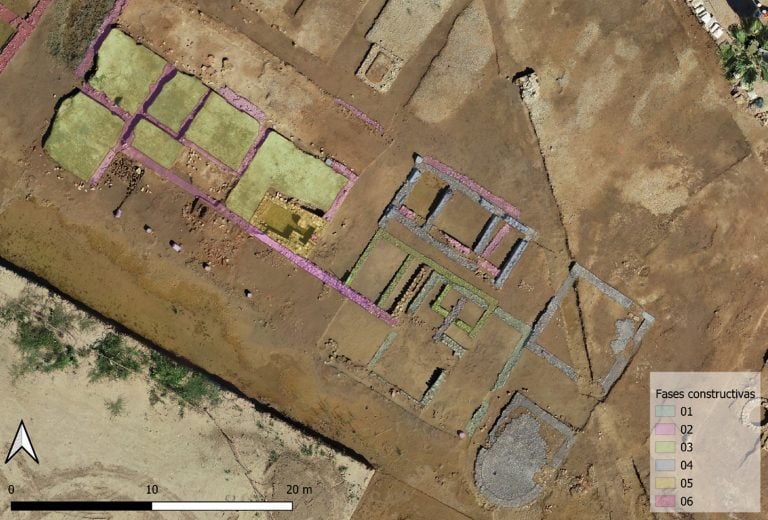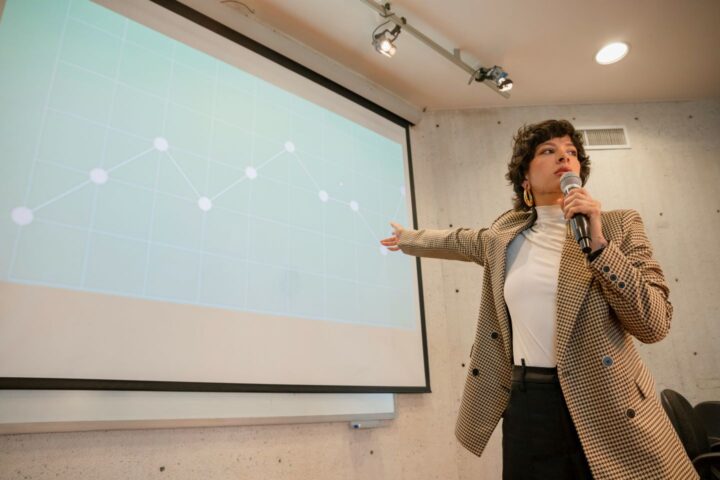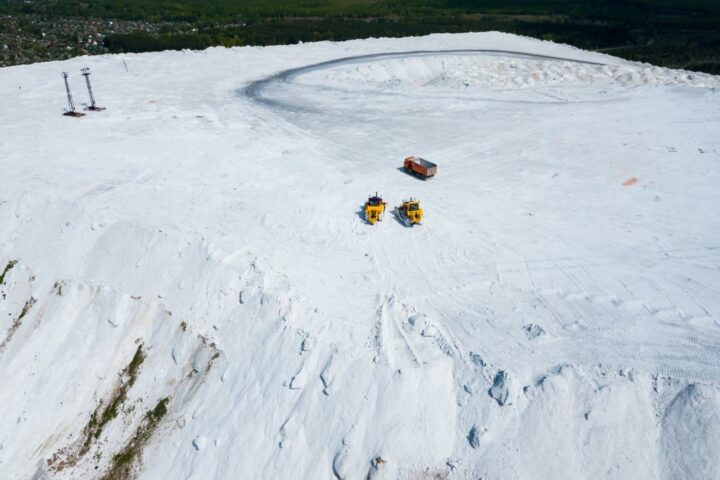Unraveling the Ancient Secrets of Roman Wine Production
Archaeologists have made a groundbreaking discovery at the Sant Gregori villa in Burriana, uncovering evidence of a Roman wine production facility that dates back to the 1st century CE. The excavation, led by the Mediterranean Archaeology Partnership Programme at Universitat Jaume I of Castelló (UJI), has shed new light on the ancient Roman wine industry and its significance in the Mediterranean region.
The Discovery
The Sant Gregori villa, situated approximately 75 meters from Burriana’s coastline, is a maritime villa that spans over 15,000 m². The site includes various spaces such as production structures, storage facilities, heated rooms for baths, and residential areas. Archaeologists have identified wine production facilities (cella vinaria) and agricultural areas for vine cultivation (fundus), which suggest that the villa was dedicated to viticulture.
Unique Features of the Sant Gregori Vineyards
The excavation has revealed unique features of the Sant Gregori vineyards, including ten parallel trenches in excellent condition, aligned northeast-southwest. These trenches form continuous rows, allowing for the planting of multiple vines within them. The average width of the trenches ranges from 1.1 to 1.3 meters, with 2.5 to 3 meters between rows.
The Significance of the Discovery
The discovery of the Sant Gregori wine production facility has significant implications for our understanding of the ancient Roman wine industry. The excavation provides valuable insights into the production and trade of wine in the Mediterranean region during the Roman period. The findings also highlight the importance of viticulture in the Roman economy and the role of maritime villas in the production and trade of wine.
The Future of the Excavation
The excavation at the Sant Gregori villa is ongoing, and researchers are continuing to uncover new evidence of the ancient Roman wine industry. The discovery has also sparked interest in the local community, with plans to integrate the site into the city’s cultural heritage and tourism initiatives. As the excavation continues to reveal new secrets of the ancient Roman wine industry, it is clear that the Sant Gregori villa will become a significant cultural and historical landmark in the region.
Archaeologists have made a groundbreaking discovery at the Sant Gregori villa in Burriana, uncovering evidence of a Roman wine production facility that dates back to the 1st century CE. The excavation, led by the Mediterranean Archaeology Partnership Programme at Universitat Jaume I of Castelló (UJI), has shed new light on the ancient Roman wine industry and its significance in the Mediterranean region.
The Discovery
The Sant Gregori villa, situated approximately 75 meters from Burriana’s coastline, is a maritime villa that spans over 15,000 m². The site includes various spaces such as production structures, storage facilities, heated rooms for baths, and residential areas. Archaeologists have identified wine production facilities (cella vinaria) and agricultural areas for vine cultivation (fundus), which suggest that the villa was dedicated to viticulture.
Unique Features of the Sant Gregori Vineyards
The excavation has revealed unique features of the Sant Gregori vineyards, including ten parallel trenches in excellent condition, aligned northeast-southwest. These trenches form continuous rows, allowing for the planting of multiple vines within them. The average width of the trenches ranges from 1.1 to 1.3 meters, with 2.5 to 3 meters between rows.
The Significance of the Discovery
The discovery of the Sant Gregori wine production facility has significant implications for our understanding of the ancient Roman wine industry. The excavation provides valuable insights into the production and trade of wine in the Mediterranean region during the Roman period. The findings also highlight the importance of viticulture in the Roman economy and the role of maritime villas in the production and trade of wine.
The Future of the Excavation
The excavation at the Sant Gregori villa is ongoing, and researchers are continuing to uncover new evidence of the ancient Roman wine industry. The discovery has also sparked interest in the local community, with plans to integrate the site into the city’s cultural heritage and tourism initiatives. As the excavation continues to reveal new secrets of the ancient Roman wine industry, it is clear that the Sant Gregori villa will become a significant cultural and historical landmark in the region.

















